When thinking of a bike, the ability to bring the bike to a stop when the rider wants, and especially when they need to, is one of the most important considerations for any parent. The most pertinent question for every parent is, "should there be any danger of collision, what is the best way to enable my child to respond quickly and effectively?'
Certainly, the choice between different types of brakes has sparked lots of debates among bike enthusiasts over the years. Most famous among these debates is the renowned 'rim versus disc brakes' debate.
Which is the better of the two for your budding cyclist? And how does one come to such a conclusion? If you ask some bike enthusiasts, there is no comparison between these two types of brakes because to them, 'disc brakes trump rim brakes every single time!"
But in our opinion, one has to delve into the dynamics of how each of these brakes operates in order to have a fruitful and concrete basis for their preference. There is no other reasonable way to assess such a discussion, right?
In true Kidding zone fashion, here's a little history class assembled to give a foundation of how these brakes came about.
History of Rim and Disc Brakes
The history of bike brakes dates all the way back to the late 1880s when spoon pedals (which entailed pressing a leather pad or metal shoe onto the front tire of a bike) and backpedaling were the most common means of slowing down a bike's speed. However, these systems had a drawback: the rider was at risk of injuring themselves if their feet were caught up in the wheels.
Rim brakes emerged as a solution for cutting the bike's speed in a straightforward way. They were light, simple, and reliable. The brake levers of rim brakes are usually mounted on the handlebars, and when compressed, they signal the brake pads to contact the rim of the wheel and slow it down.
Inasmuch as rim brakes were light and very affordable, rim brakes were in no way a perfect solution. For instance, in the event of wet weather, the efficiency of their operation was compromised when the rims got wet.
The next evolution came with the creation of the disc brake. As we know it today, a disc brake is a minimized and much lighter imitation of a motorcycle's rotor system. It consists of several parts, although three of the parts are very integral. The first is a metal disc, known as a rotor, the second is calipers attached to the fork or frame of the bike, and the third is brake pads which are squeezed to signal the rotor for braking.
Whether you are dealing with mechanical disc brakes or hydraulic disc brakes, the fact is that these brakes offer an improvement of some of the faults of the ordinary rim brake, such as the ability to excel in spite of wet weather.
Now that a bit of familiarity between these two types of brakes has been created, here's a deeper look into how these types of brakes compare and what that means for you and your kiddo.
Comparison between the rim and disc brakes
Design
The first distinguishing factor between disc brakes and rim brakes is the simplicity of their design.
The simplistic design of rim brakes is one thing that still stands to date. The design is unequivocally straightforward and hasn't changed much over the years. In fact, it is this simplicity that the engineers of rim brakes bank on.
While the design of rim brakes is more simplistic and straightforward, that of disc brakes is a little more complex. Disc brakes are made up of several parts, including rotors, hoses, and reservoirs, all of which affect how they function, as we will outline below.
Weight
If you are keen on a bike that is easy for your kid to navigate, you definitely want to go for a lightweight one.
One obvious factor to consider is that the more the parts, the heavier the end-product. And that is precisely the case for disc brakes. Disc brakes are known to weigh over a pound more than rim brakes.
While the difference between the weight of rim brakes and that of disc brakes is not that much, this disparity can make a huge impact on riders keen on keeping weight on the low.
A good example of how weight comes into play is in the example of a rider who wants to be more aerodynamic. An object is said to be more aerodynamic if it is more streamlined to travel against the wind.
As it goes, bulkier objects have more wheel drag as compared to lighter objects. In bike jargon, that means that the heavier a bike is, the less aerodynamic it is and the less reduced its ability to pick up speed.
The heaviness and reduction in aerodynamic-ness is a huge factor when participating in a race. This combination could have adverse effects on a rider's end result.
That means that the difference in weight isn't that big of a deal for the casual rider because they aren't seeking speed that greatly.
Another example of how weight comes into play is that because disc brakes are made of heavier material, they can accommodate greater maximum loads than rim brakes.
Stopping power
The advantage that disc brakes have over rim brakes is that with a disc brake, the stopping power is applied to a device designed to bring the bike to a stop while rim brakes work by applying the stopping power to the wheel rim. In turn, disc brakes are more 'powerful' than rim brakes as the functioning of a disc rotor is more powerful than that exercised on a wheel rim.
For this reason, the stronger stopping power of disc brakes is very valuable for serious MTB-ers who are known to push the limits of riding.
Brake modulation
Where rim brakes fail to allow modulation, disc brakes are able to offer more precise braking. With them, the rider can decipher how much force they need to exert when bringing the bike to a brake.
Even better, one can experience this modulation more so with hydraulic discs than with mechanical discs. This is because hydraulic discs build up fluid pressure within, enhancing the experience of modulation to a greater degree.
Operation in wet weather conditions
Water just has a way of spoiling the fun, doesn't it? Unfortunately, the effectiveness of rim brakes is usually compromised with extended exposure to water. So, in the case of rain, rim brakes will more than likely not function as well.
What usually happens is that the brake pads are susceptible to damage as they continue to get slicker and slicker. Thus, when they are compressed, the rim brakes have a hard time gripping wet wheels; therefore, stopping the bike effectively can sometimes be upset.
On the other hand, disc brakes can survive wet environments because the rotor holes of a disc brake act as a drainage path for water, mud, and other kinds of dirt. The result is that water is 'removed' quickly from under the pads, and braking can be done effectively in spite of the conditions.
For this reason, the performance of disc brakes in extreme weather conditions is much more solid than that of rim brakes.
Susceptibility to Wear and tear
The stopping power of rim brakes is usually affected by prolonged friction from constantly braking, especially when going downhill. The friction occurs due to the constant and often pressured contact that occurs at the wheel rim.
While braking is advantageous in that it is crucial as far as bike safety goes, the flip side is that the friction experienced by rim brakes can lead to blowouts that always need repairs.
Disc brakes offer a solution: the brake pads are located away from the wheels. Therefore, there is no occurrence of friction which would otherwise eventually lead to wear and tear.
Accommodation of wide tire sizes
Rim brakes are engineered such that the calipers go around the wheel.
By default, this means that they can only go around a certain circumference. Hence, caliper width determines the allowable wheel size to a certain degree. Unfortunately, very few rim brakes can fit wider tires due to this limitation.
On the other hand, disc brakes do not limit wheel sizes.
Most mountain bikers rave over the fact that disc brakes are more accommodative of their riding style. With no limits set by caliper width, one can push the limits of tire size on bikes with disc brakes.
In fact, with disc brakes, one can utilize different wheel sizes on the same bike frame.
Cost of maintenance
Simply made, simply fixed, right? One of the best advantages to rim brakes is that the integral parts of rim brakes are so easy to repair in the event of a malfunction or braking up of the parts.
Truth be told, at one point or another, a bike is going to require repair. Aside from that, it is always a good idea to conduct regular maintenance checks on bike parts to ensure your child's safety.
For these reasons, it is a relief to know that it is very easy to get back to normal functioning within a short period of time with rim brakes. Likewise, the average mechanic has an easy time fixing rim brake, and one can even partake in their own D.I.Y project.
In comparison, the price of disc brakes isn't necessarily expensive upfront, but rather you are more inclined to feel the pinch on your wallets in case of a need for repair or replacement of one of its working parts.
For instance, hydraulic brakes require frequent changes to the brake fluid. As a result, the process can be chaotic and end up in a mess.
At the end of the day, the cost of maintenance for disc brakes is very demanding on as compared to that of rim brakes.
Indication of wheel condition
A disadvantage to rim brakes is that they are rendered ineffective if the rims are warped even in the slightest.
However, this is a blessing in disguise because one of the greatest advantages of rim brakes is that they can help you tell the status of the bike's wheels. Primarily, the operation of rim brakes is negatively affected by warped wheels.
As such, you can tell that your wheel is faulty if the rim keeps rubbing against the brake pads. On the other hand, you don't really get this benefit from disc brakes as their operation is entirely different.
But the benefit to this feature is that the operation of disc brakes isn't affected by warped wheels so that one can ride with them.
Heat buildup
Before we go into this, the disclaimer is that cases of disc brakes heating up to an extreme extent aren't very common. The reason being that some manufacturers incorporate parts that allow heat transfer to be done more efficiently. One such example of a manufacturer that prioritizes seamless heat transfer is Shimano.
The objective of such manufacturers is to minimize heating up at the rotor. Essentially, when overheating occurs in disc brakes, the wheel hub and its bearings are usually affected, whereas the point of casualty when rim brakes overheat is usually the rim.
However, heat buildup isn't that common to rim brakes as the brake levers are usually engaged for a short time, and the compression force isn't that much.
While heat is usually dissipated more in the design of disc brakes, the rare occurrence of heat buildup can result in the failure of the operation, so these two compare evenly in terms of heat buildup as they suffer tremendously in case of excess heat buildup.
Susceptibility to mud buildup
Rim brakes are more susceptible to mud build-up because their brake pads are closer to the ground than disc brakes. Therefore, when ridden in mud, the brake pads of rim brakes are more than likely to accumulate dirt, which can create a coat on the rim and pads of the bike. This negatively affects braking.
Noise
Although it rarely happens, disc brakes can get squeaky in the event of accumulation of dirt, especially after extended exposure to mud and other types of gunk.
Truthfully, the noise can be an irritant. But, as a solution, you just need to make some adjustments, and the noise will go down.
Now, before we get into how to make a deal breaker, here's a quick recap of the advantages and disadvantages that rim brakes and disc brakes have over each other.
Rim Brakes
|
Advantages |
Disadvantages |
|
1. Very lightweight |
Not reliable in wet weather conditions |
|
2. Low maintenance costs |
Reduced modulation in comparison to disc brakes |
|
3. Simple design |
Limited in terms of accommodation of wider tires |
|
4. A great indicator of wheel condition |
Susceptible to rim wear |
|
5. Not noisy |
|
|
6. Highly susceptible to mud buildup |
|
Disc Brakes
|
Advantages |
Disadvantages |
|
1. Reliable in wet weather conditions |
High cost of maintenance |
|
2. More powerful |
Heavier than rim brakes |
|
3. Better modulation |
Can be noisy |
|
4. Can accommodate wider tires |
Less aerodynamic |
|
5. Not prone to rim wear |
Although not as frequent, they are prone to heating up |
|
6. |
Not as susceptible to mud buildup. |
How to decide between the two types of brakes
When all is said and done, you still have to choose between these two brake types, right?
If you are caught up in a stalemate, a few deciding factors can help you settle on one choice.
What type of riding does your child do, and how does that affect the type of brake you opt for?
As a parent, you need to consider what stage of riding your kiddo is in.
If your child intends to do a lot of riding up and down steep terrain, then rim brakes may not be the best option for them, seeing as such brakes are less equipped for brake modulation. In such a case, you'd rather opt for disc brakes over rim brakes.
It is commonly known that disc brakes are geared towards the more serious and outgoing rider, while rim brakes are for the rider who sees biking as a fun 'around the neighborhood' kind of activity.
So, unless the rider is into serious mountain biking, the braking power of disc brakes can be passed up for rim brakes as they are powerful enough for the needs of occasional riders.
How do rim brakes and disc brakes differ in terms of price in the long run?
Another factor to consider is how capable your kid(s) of taking care of their bikes. Suppose you choose to invest in an expensive choice (disc brakes in this case), factor in whether you can replace the bike parts and keep up with maintenance costs.
The truth is that younger riders are nonchalant in factors such as how well they should keep their bikes. Many parents have had to pick up after their young ones after carelessly tossing their bikes in the garage. Because the risk of damage is relatively high in such cases, you might want to keep this in mind when making your final decision
Modern rims have a lower price tag and aren't too complicated in their design.
How does a child's weight affect the type of bike parts you select?
Bike weight is a huge factor, especially for the youngest riders. Therefore, the ratio of the bike weight to the child's weight should be put into consideration as weight greatly affects a child's handling of a bike.
The weight ratio varies from child to child, so using this as a deal-breaker or not can only happen at a personal level.
But ultimately, weight should be a prime consideration for tinier kids.
Final Remarks
As we have showcased with this article, each of these brake types has its own advantages over the other. Therefore, choosing one is a choice that can only be made after amalgamating the pros and cons.
That said, the only exception to this rule is if your child is making strides towards or is already a part of professional and competitive riding. Disc brakes are a much better and more reliable contender in such cases.
So, do we believe that disc brakes trump rim brakes every single time? Not necessarily. What can be concluded without a doubt is that each of these bike brakes will deliver when utilized in the right environment.

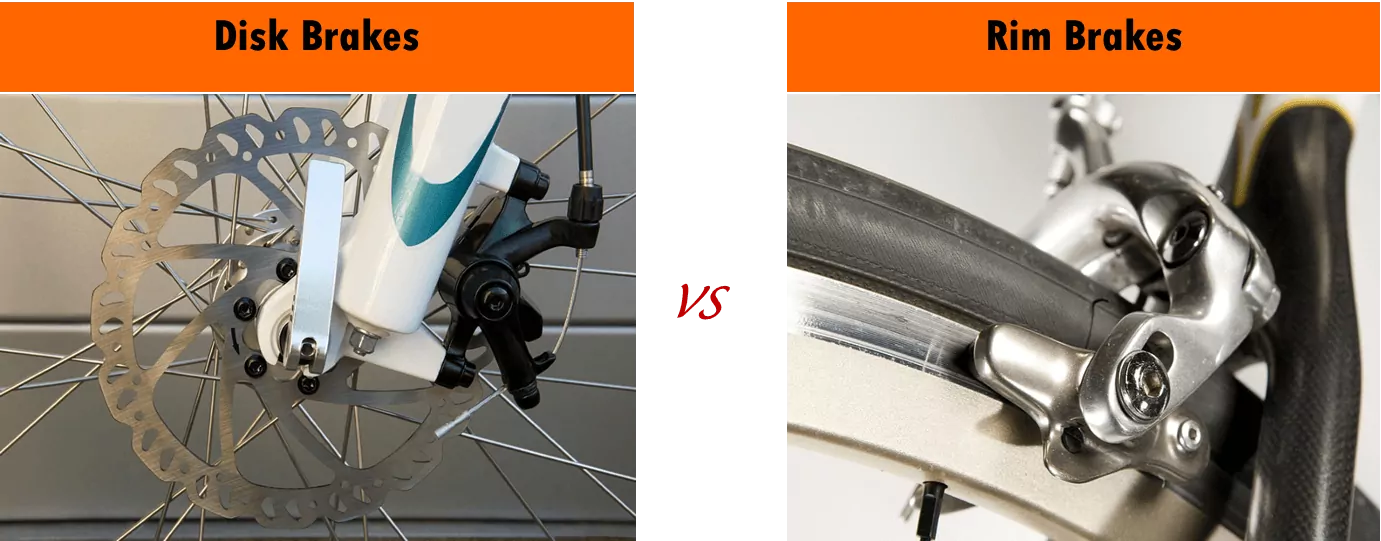










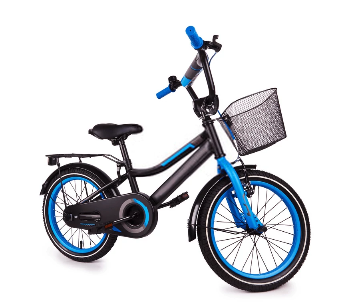


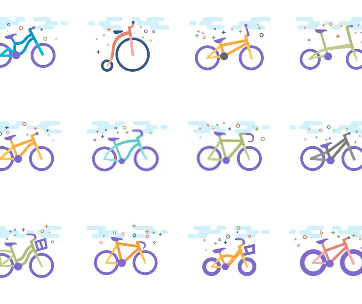




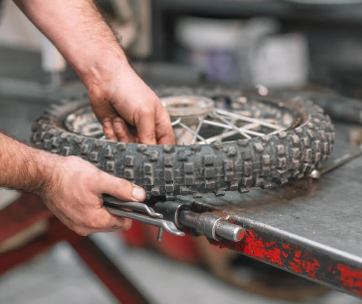






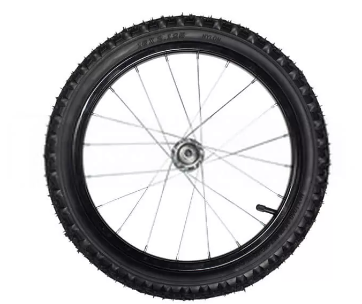
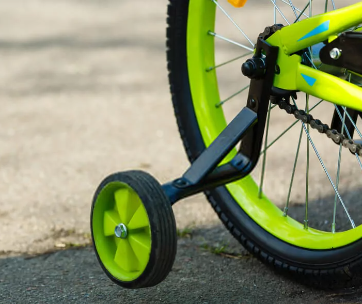
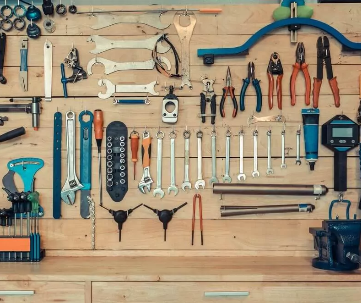

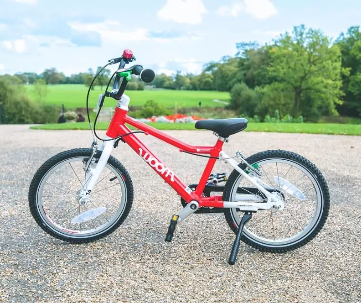

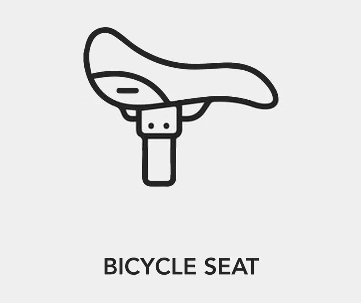
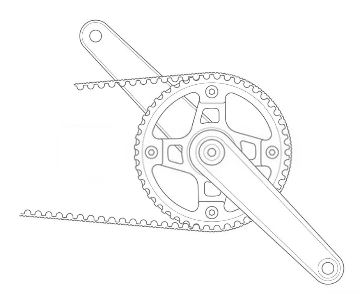




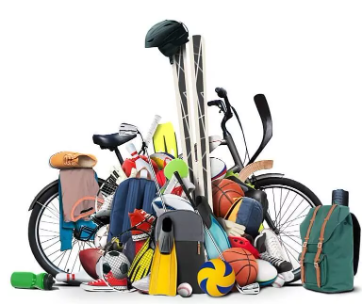








Comments